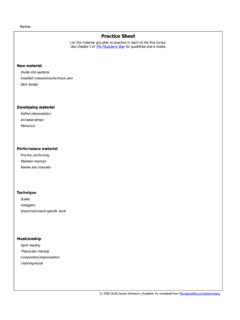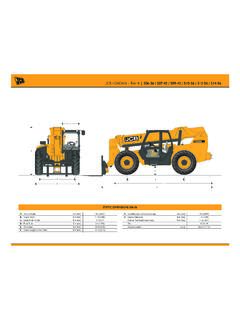Transcription of ASSESSMENT Timed Up & Go (TUG)
1 2017 Stopping Elderly Accidents, Deaths & Injuries2017 centers for disease control and prevention National center for Injury prevention and ControlASSESSMENTP urpose: To assess mobilityEquipment: A stopwatchDirections: Patients wear their regular footwear and can use a walking aid, if needed. Begin by having the patient sit back in a standard arm chair and identify a line 3 meters, or 10 feet away, on the On the word Go, begin Stop timing after patient sits back Record the patient s postural stability, gait, stride length, and all that apply: Slow tentative pace Loss of balance Short strides Little or no arm swing Steadying self on walls Shuffling En bloc turning Not using assistive device properlyThese changes may signify neurological problems that require further Up & Go (TUG)When I say Go, I want you to:1. Stand up from the Walk to the line on the floor at your normal Walk back to the chair at your normal Sit down Instruct the patient:An older adult who takes 12 seconds to complete the TUG is at risk for :Always stay by the patient for in Seconds: AM PMCDC s STEADI tools and resources can help you screen, assess, and intervene to reduce your patient s fall risk.
2 For more information, visit

















